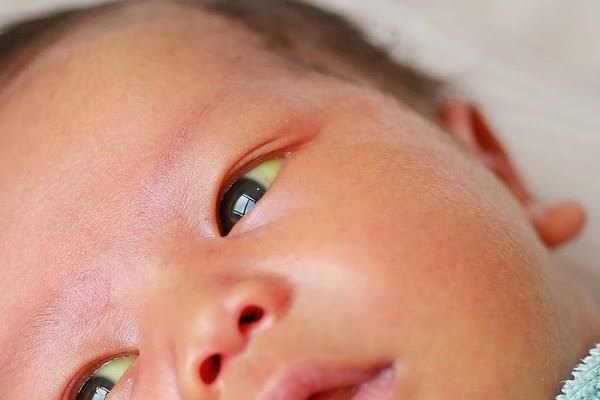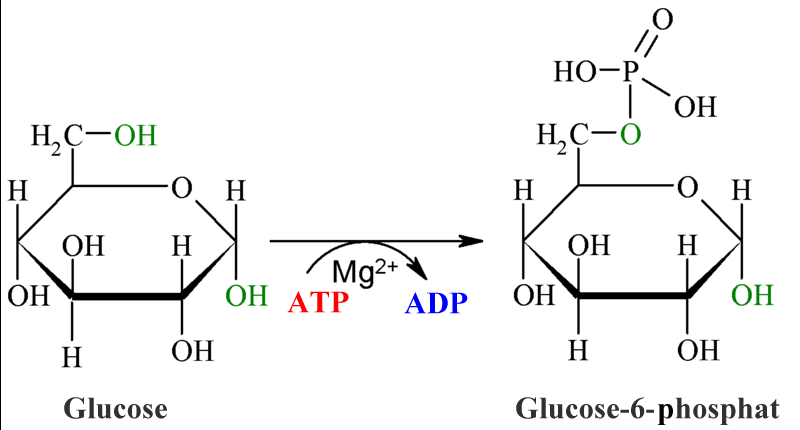
- A) Infection
- B) Hemolysis ✓
- C) Liver disease
- D) Biliary atresia
Neonatal jaundice is a common condition that occurs in newborns, characterized by a yellowing of the skin and eyes due to elevated levels of bilirubin in the blood. Understanding the causes of neonatal jaundice is crucial for effective diagnosis and management.
Step 1: Understanding Neonatal Jaundice
Jaundice in neonates typically arises when there is an imbalance between the production and elimination of bilirubin. Bilirubin is a byproduct of the breakdown of red blood cells (RBCs). In newborns, especially those who are premature or have certain risk factors, this balance can be disrupted.
Step 2: Analyzing Causes
The potential causes listed in the question include:
- A) Infection: While infections can lead to jaundice, they are not the most common cause during the first week.
- B) Hemolysis: This refers to the breakdown of red blood cells, which can lead to increased bilirubin levels. Conditions such as Rh incompatibility or ABO incompatibility often result in hemolytic disease of the newborn, making this a significant cause of early jaundice.
- C) Liver Disease: While liver dysfunction can cause jaundice, it is less common than hemolysis in healthy newborns during their first week.
- D) Biliary Atresia: This is a serious condition that leads to obstruction of bile flow but typically presents later than the first week and is not as prevalent as hemolysis.
Step 3: Conclusion on Most Common Cause
Based on these considerations, hemolysis stands out as the most prevalent cause of neonatal jaundice within the first week after birth. Hemolytic conditions are particularly frequent due to factors like Rh or ABO incompatibility between mother and child.
Thus, after evaluating all options:
The most common cause of neonatal jaundice in the first week of life is B) Hemolysis.







